Impact of Environmental Protection Tax on the Credit Spreads of High-Pollution Enterprises
DOI: 10.23977/pree.2025.060203 | Downloads: 5 | Views: 92
Author(s)
Huang Jiemin 1, Zhao Yatong 2, Peng Ke 2
Affiliation(s)
1 Shenzhen University of Information Technology, Shenzhen, Guangdong, 518172, China
2 Harbin Institute of Technology, Harbin, China
Corresponding Author
Huang JieminABSTRACT
Taking the enactment of China’s Environmental Protection Tax Lawin 2018 as a policy intervention, this paper investigates the market impacts of environmental regulation from the lens of corporate debt financing costs. Leveraging data on highly polluting enterprises spanning 2009–2021, we construct a difference-in-differences (DID) model to assess the effect of environmental taxation on corporate credit spreads. Findings reveal that the implementation of the environmental tax policy significantly reduced corporate credit spreads, mitigating both default risk and financing costs. These conclusions remain robust following a series of robustness checks. Further heterogeneity analysis uncovers significant disparities in policy effectiveness across enterprises, with more pronounced impacts observed among larger firms and those with stronger credit profiles.
KEYWORDS
Environmental Taxation; Credit Spreads; Difference-in-DifferencesCITE THIS PAPER
Huang Jiemin, Zhao Yatong, Peng Ke, Impact of Environmental Protection Tax on the Credit Spreads of High-Pollution Enterprises. Population, Resources & Environmental Economics (2025) Vol. 6: 20-29. DOI: http://dx.doi.org/10.23977/pree.2025.060203.
REFERENCES
[1] Liu, Y., Wang, A., & Wu, Y. (2021). Environmental regulation and green innovation: Evidence from China's new environmental protection law. Journal of Cleaner Production, 297, 126698.
[2] You, D., Zhang, Y., & Yuan, B. (2019). Environmental regulation and firm eco-innovation: Evidence of moderating effects of fiscal decentralization and political competition from listed Chinese industrial companies. Journal of cleaner production, 207, 1072-1083.
[3] Sharfman, M. P., & Fernando, C. S. (2008). Environmental risk management and the cost of capital. Strategic management journal, 29(6), 569-592.
[4] Zhang, D. (2021). How environmental performance affects firms' access to credit: Evidence from EU countries. Journal of Cleaner Production, 315, 128294.
[5] Yu, X., Shi, J., Wan, K., & Chang, T. (2022). Carbon trading market policies and corporate environmental performance in China. Journal of Cleaner Production, 371, 133683.
[6] Jin S., Xiong, R., Peng, H., & Tang, S. (2025). ESG performance and private enterprise resilience: Evidence from Chinese financial markets. International Review of Financial Analysis, 98, 103884.
[7] Porter, M. E., & Linde, C. V. D. (1995). Toward a new conception of the environment-competitiveness relationship. Journal of economic perspectives, 9(4), 97-118.
[8] Campello, M., & Gao, J. (2017). Customer concentration and loan contract terms. Journal of financial economics, 123(1), 108-136.
[9] Bonetti, P., Cho, C. H., & Michelon, G. (2024). Environmental disclosure and the cost of capital: Evidence from the Fukushima nuclear disaster. European Accounting Review, 33(5), 1693-1721.
| Downloads: | 3071 |
|---|---|
| Visits: | 131622 |
Sponsors, Associates, and Links
-
Information Systems and Economics
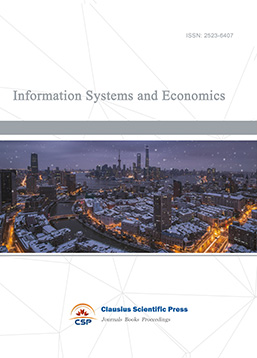
-
Accounting, Auditing and Finance
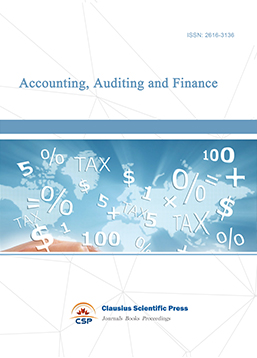
-
Industrial Engineering and Innovation Management
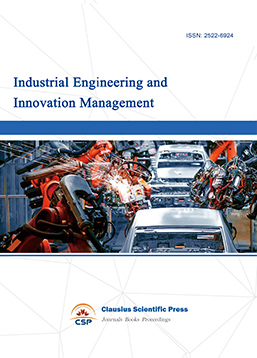
-
Tourism Management and Technology Economy
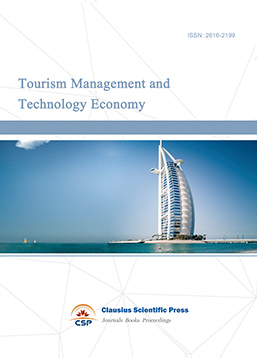
-
Journal of Computational and Financial Econometrics

-
Financial Engineering and Risk Management

-
Accounting and Corporate Management
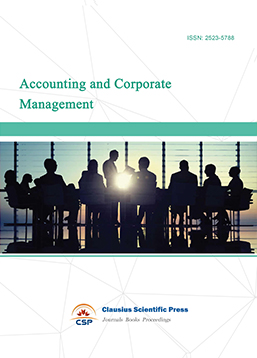
-
Social Security and Administration Management

-
Statistics & Quantitative Economics

-
Agricultural & Forestry Economics and Management

-
Social Medicine and Health Management

-
Land Resource Management

-
Information, Library and Archival Science
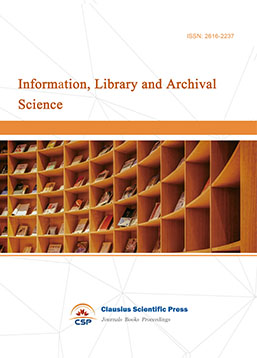
-
Journal of Human Resource Development
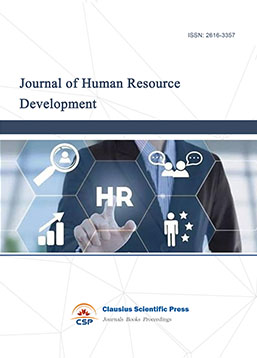
-
Manufacturing and Service Operations Management

-
Operational Research and Cybernetics
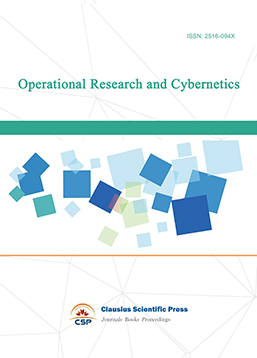

 Download as PDF
Download as PDF